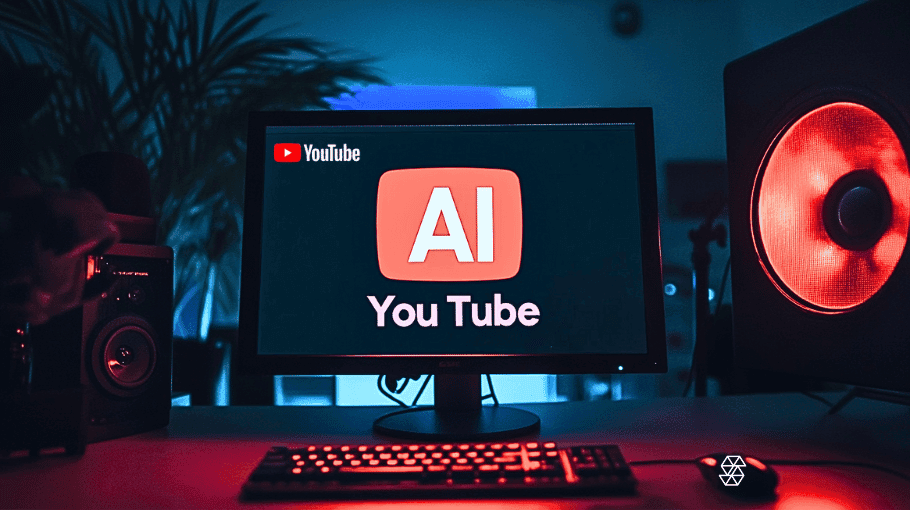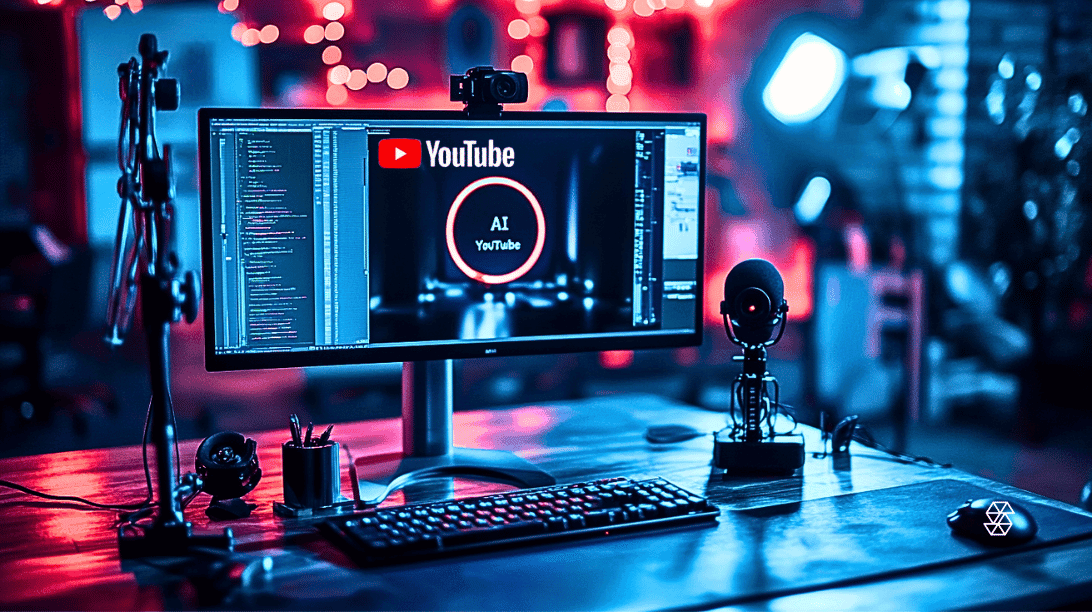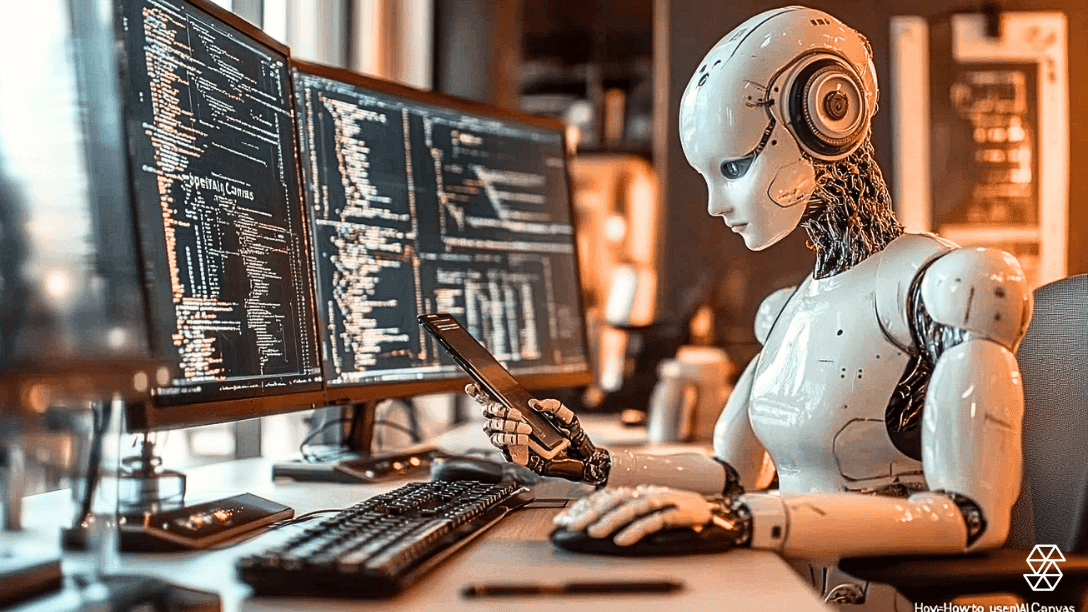OpenAI’s Sora Advances in Simulating the ‘Physics’ of Movement Surpasses Other Text-to-Video Models
In the ever-evolving landscape of generative AI, OpenAI’s Sora has emerged as a groundbreaking text-to-video model, setting a new standard in how AI understands and interprets the physical world. This advanced capability of maintaining visual quality while accurately simulating the physics of movement positions Sora at the forefront of AI video technology. It’s not just about generating videos; it’s about creating a new realm of possibilities for visual artists, filmmakers, and content creators across various industries.
Sora videos stand out for their ability to not only translate text descriptions into visual narratives but also ensure that these scenes are more lifelike and believable. This advanced feature enhances the visual quality of Sora-generated content, making it a valuable tool for anyone involved in creating videos, from professional filmmakers to digital marketers.
The introduction of Sora as a text-to-video model revolutionizes the concept of generative AI in video production. It goes beyond transforming existing videos or creating standard content; Sora is about crafting detailed, realistic scenes driven by the intricacies of physical interactions. With many example videos now out there, it’s evident that the implications of this technology are vast, offering a glimpse into a future where AI video generation is indistinguishable from reality.
The Evolution of Text-to-Video AI and Sora
The development of text-to-video technology has been a journey of significant advancements, leading to the emergence of OpenAI’s Sora as a pinnacle of this evolution. Initially, text-to-video models were adept at translating basic descriptions from a user’s prompt into visual content to generate videos, yet they often struggled with replicating the dynamics of real-world physics. This limitation meant that earlier AI-generated videos, while innovative, did not fully capture the essence of natural movement and interaction, crucial for high-quality visual storytelling.
With the advent of Sora, a notable shift occurred. This advanced text-to-video model transcends its predecessors by integrating a deeper understanding of physical laws into its video creation process. As a result, Sora videos exhibit a level of sophistication and realism previously unattainable, setting a new benchmark in the domain of AI video production.
Sora’s ability to grasp and apply the principles of physics and generate videos is a testament to its advanced AI capabilities. This model doesn’t just visually represent text prompts; it interprets and simulates the physical interactions within its generated environments. This approach results in videos where movements and interactions are not only visually appealing but also anchored in realism.
The inclusion of realistic physics elevates the potential of AI in video production, especially for applications requiring high fidelity and accuracy. For example, in entertainment, it allows for the creation of scenes with authentic movement, enhancing the viewer’s experience.
The enhanced realism in Sora’s video generation, characterized by its representation of natural movements, significantly amplifies the visual quality and applicability of the content it creates. This advancement in realism opens up numerous possibilities, particularly in fields like entertainment and marketing.
In the entertainment sector, Sora’s ability to generate lifelike and engaging scenes can revolutionize the way stories are told, offering filmmakers new tools to create compelling narratives without the constraints of traditional production methods. In marketing, this technology can produce high-quality promotional videos that are both cost-effective and visually striking, helping brands create more impactful and engaging campaigns.
How Does Sora Work?
Sora, much like its counterparts in the text-to-image AI field such as DALL·E 3 and Midjourney, operates on a diffusion model framework. This innovative approach starts with a base of static noise for each frame of the video. Through a complex machine learning process, this noise is gradually shaped and refined to align with the user’s textual prompt, transforming into a coherent and detailed visual narrative. The videos created by Sora can extend up to 60 seconds, offering a substantial canvas for storytelling.
A key breakthrough in Sora’s technology is its ability to maintain temporal consistency across video frames. This means that as objects move or transition in and out of the frame, their appearance remains consistent, preserving the continuity and realism of the video.
For example, in the video below, where a kangaroo’s hand moves out and then re-enters the shot, Sora ensures that the hand retains its characteristics throughout these transitions.
Sora’s architecture uniquely combines the strengths of diffusion models and transformer models. While diffusion models excel in generating intricate textures and details, transformer models, akin to those used in GPT, are adept at planning and organizing the overall layout and structure of the content. By merging these two types of models, Sora leverages the diffusion model’s prowess in detailing to fill in the finer aspects of the video, guided by the transformer model’s ability to structure the broader narrative and scene composition.
In technical terms, the video is broken down into smaller, three-dimensional patches (due to their persistence over time), akin to the concept of tokens in language models. These patches are then expertly organized by the transformer component of Sora, while the diffusion component is responsible for generating the detailed content within each patch. To make this video generation process computationally feasible, a dimensionality reduction step is employed. This step ensures that the computation does not have to process every single pixel in every frame, making the task more manageable.
Additionally, to enhance the fidelity and richness of the generated video, Sora employs a technique known as recaptioning. This process involves using GPT to refine and expand the user’s initial prompt, adding layers of detail and specificity. This enriched prompt then serves as a more comprehensive guide for the video generation process, ensuring that the final output more closely aligns with the user’s vision and intent.
Through these sophisticated techniques and architectural decisions, Sora combines detailed visual creation with an understanding of narrative structure and temporal consistency.
Limitations of Sora
OpenAI’s Sora has made significant strides in the AI video generation space, yet it’s important to acknowledge certain areas where the technology is still evolving. These limitations are critical for enterprises to understand when considering the integration of Sora into their operational or creative processes.
Sill Partial Understanding of Physics: Sora shows remarkable capabilities in simulating motion, but it doesn’t always perfectly adhere to real-world physics. This can lead to scenarios where cause-and-effect dynamics are not accurately portrayed, resulting in outcomes that might seem unconventional according to standard physical laws.
Spatial Inconsistencies: In complex scenes, especially those with multiple moving elements, Sora may struggle with maintaining spatial accuracy. This can manifest as objects appearing abruptly or overlapping in an unrealistic manner, which could detract from the overall realism of the video.
Output Consistency Uncertainty: There’s an element of uncertainty regarding how consistently Sora produces high-quality videos. While many of the showcased examples are impressive, it’s unclear if these are typical results or selected highlights. The frequency with which multiple iterations are needed to achieve a desired quality level is not fully transparent, raising questions about the tool’s practical efficiency in various applications.
Understanding these limitations is crucial for businesses and professionals considering the use of Sora in their projects. It provides a more balanced view of the tool’s current capabilities and potential areas for future development.
In the video below, you can see how Sora struggles and reverts the basketball hoop back to normal following the explosion:
The Future of AI and Video Consistency
As we look towards the future of AI in video generation, it’s evident that technologies like OpenAI’s Sora are just the beginning of a transformative journey. The current focus on enhancing consistency and deepening the understanding of advanced physics in video generation suggests a path towards increasingly sophisticated AI tools that can seamlessly blend the digital and physical realms.
One of the key areas of development will likely be in achieving greater consistency in AI-generated videos. As machine learning models become more refined, we can anticipate a future where the need for multiple iterations to achieve high-quality output becomes less frequent. This means that AI video generation tools could become more reliable and efficient, offering consistent quality across a wide range of prompts and scenarios. For industries relying on video content, this evolution could significantly streamline production processes and lower barriers to creating high-fidelity visual narratives.
The understanding of the “physics” of movement in AI-generated videos are poised for notable advancements. Future iterations of AI video generation models are expected to exhibit a more sophisticated grasp of physical laws, allowing for even more realistic and immersive content creation. This could lead to AI tools capable of accurately simulating complex physical phenomena, making them invaluable for applications in scientific visualization, advanced training simulations, and more.
The potential for open-source developments in this field also holds significant promise. Open-source projects have historically been catalysts for rapid innovation and community-driven advancements. As more open-source AI video generation tools emerge, they could democratize access to advanced video creation capabilities, allowing a broader range of creators to experiment and innovate. This could accelerate the development of new techniques, foster a collaborative environment for improvement, and potentially lead to breakthroughs that might be less likely within proprietary systems.
The future of AI in video generation is not just about technological advancements; it’s about creating a new ecosystem where consistency, advanced movement understanding, and open-source collaboration drive the industry forward. This future will see AI as an integral part of video production, opening up new creative possibilities and redefining the way we think about and create visual content.






